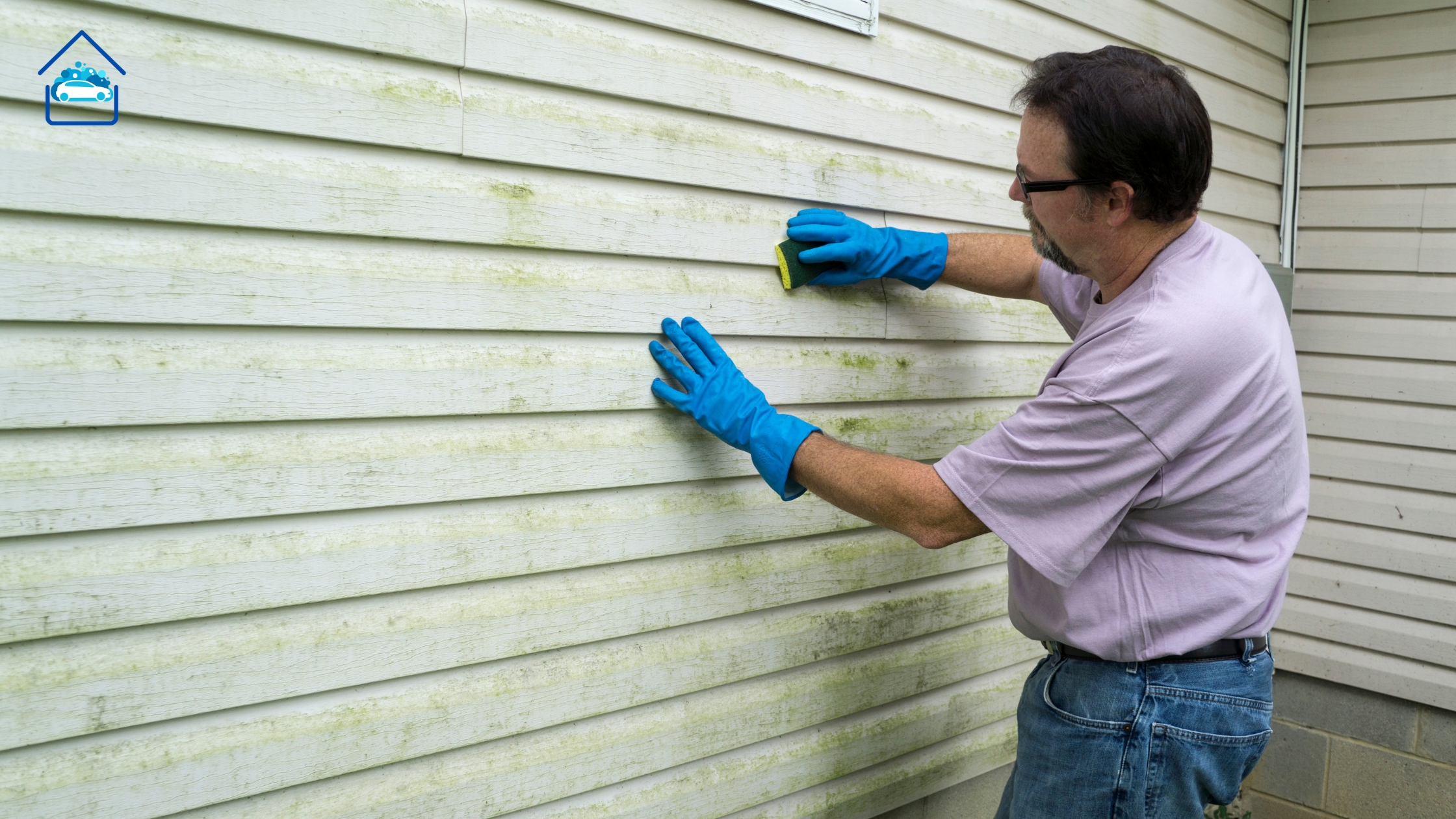Searching homeowners insurance coverage for melted siding can be complex, with various factors influencing whether such damage is covered. This guide takes a deep look into the specifics of homeowners insurance coverage, highlighting key aspects that determine coverage for melted siding, the claims process, and practical tips for homeowners.
Understanding Coverage for Melted Siding
Scope of Coverage
- Covered Perils: Homeowners insurance typically covers perils like fire, vandalism, windstorms, and hail. If melted siding results from such perils, it’s likely covered.
- Exclusions: Many policies do not cover damage from gradual wear-and-tear or prolonged sun exposure. Damage due to neglect or poor maintenance also falls outside standard coverage.
Causes of Siding Melting
- Sun Reflection: A notable cause of melted siding is the intense heat from sun rays reflected off energy-efficient windows. This phenomenon, known as solar distortion, can create enough heat to melt vinyl siding.
- Fire Damage: Siding melting due to fires, whether from internal sources or external ones like wildfires, is typically covered.
Coverage Determination
- Policy Terms: Coverage is highly dependent on the specific terms and conditions of your policy. Some policies might cover siding melting due to specific causes while excluding others.
- Insurance Provider: Consultation with your insurance provider is key. They can clarify coverage based on the policy’s terms.
Filing a Claim for Melted Siding
Documentation and Evidence
- Photographic Evidence: Essential for supporting your claim. Take detailed photos and videos of the damaged siding.
- Record Keeping: Document the event, including any external factors that might have contributed to the damage.
The Claims Process
- Initial Contact: Report the damage to your insurance provider promptly.
- Adjuster’s Assessment: An adjuster from the insurance company will likely inspect the damage to determine the extent of coverage.
- Claim Settlement: Upon claim approval, the insurance covers the cost of repairing or replacing the siding, subject to policy limits and deductibles.
Examples
- Case of Sun Reflection: Instances where homeowners experienced melted siding due to the reflection from neighbor’s energy-efficient windows. In such cases, coverage depended on whether the policy included or excluded such specific causes of damage.
- Fire-related Incidents: Examples include cases where nearby fires caused siding to melt, typically covered under standard homeowners insurance policies.
Tips for Prevention and Maintenance
Preventive Measures
- Choosing Materials: Opt for fire-resistant siding materials, especially in areas prone to wildfires.
- Safe Distances: Ensure safe distances from heat sources like grills or fire pits to prevent accidental melting.
Regular Maintenance
- Inspections: Regular checks can help identify potential risks or early signs of damage.
- Upkeep: Regular cleaning and maintenance can extend the lifespan of siding materials and ensure policy compliance.
Steps for Filing a Claim
- Immediate Reporting: Promptly notify your insurance company of the damage.
- Documentation: Compile detailed photos, videos, and any relevant documentation of the siding damage.
- Adjuster Evaluation: An insurance adjuster will assess the damage, a crucial step in determining coverage extent.
Real-World Example
- A homeowner in a wildfire-prone area experienced siding melting due to a nearby fire. The quick response in documenting the damage and reporting to the insurer facilitated a smooth claim process, resulting in coverage approval for siding replacement.
Understanding Policy Exclusions
Common Exclusions
- Wear and Tear: Insurance policies generally do not cover damage from normal aging or wear and tear of siding materials.
- Maintenance Neglect: Lack of proper maintenance leading to siding damage typically falls outside coverage.
Example
- In one instance, a homeowner’s claim for melted siding was denied due to the damage being attributed to prolonged sun exposure, categorized under gradual wear and tear, which was excluded in the policy.
Factors Affecting Coverage
Coverage Limits
- Policy Limits: Each policy has specific limits on the amount covered for siding repair or replacement.
- Deductibles: The homeowner’s deductible amount can affect the out-of-pocket expense before coverage kicks in.
Deductible and Premium Considerations
- Deciding on a deductible that balances affordability and coverage is crucial. Higher deductibles can lower premiums but increase out-of-pocket costs in the event of a claim.
Preventive Measures and Maintenance
Siding Material Choice
- Fire-Resistant Options: In fire-prone areas, selecting fire-resistant siding materials can minimize risks.
Regular Maintenance Tips
- Conduct annual inspections and perform necessary maintenance like cleaning or repainting to prolong siding lifespan and adhere to insurance policy standards.
Example of Preventive Action
- A homeowner in a suburban area opted for fire-resistant siding materials and implemented a regular maintenance schedule, effectively reducing the risk of damage and ensuring compliance with insurance policy requirements.
Final Thoughts
Navigating homeowners insurance coverage for melted siding requires a thorough understanding of policy specifics, proactive measures in documentation and maintenance, and a strategic approach to policy management. Regular reviews of policy terms, awareness of potential exclusions, and an understanding of claim processes are essential for homeowners to ensure adequate protection and preparedness for any siding damage scenarios.




